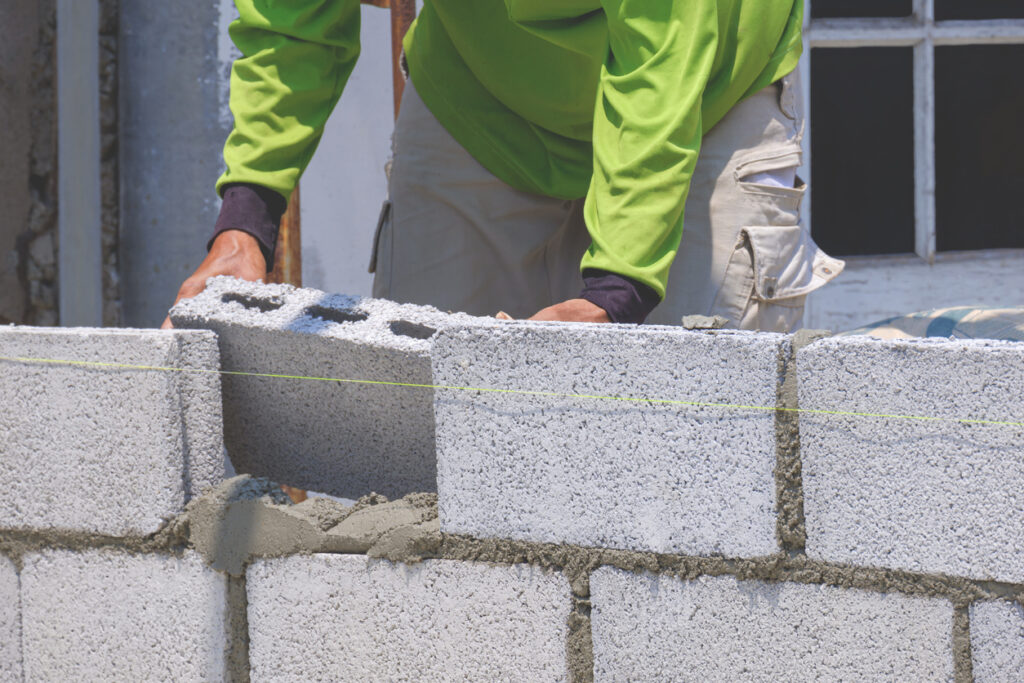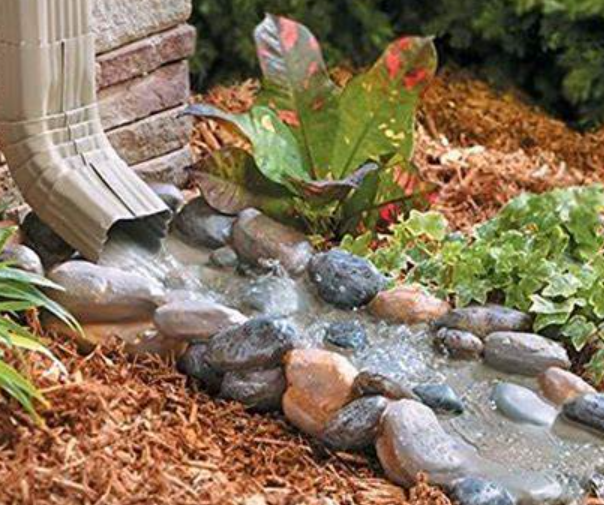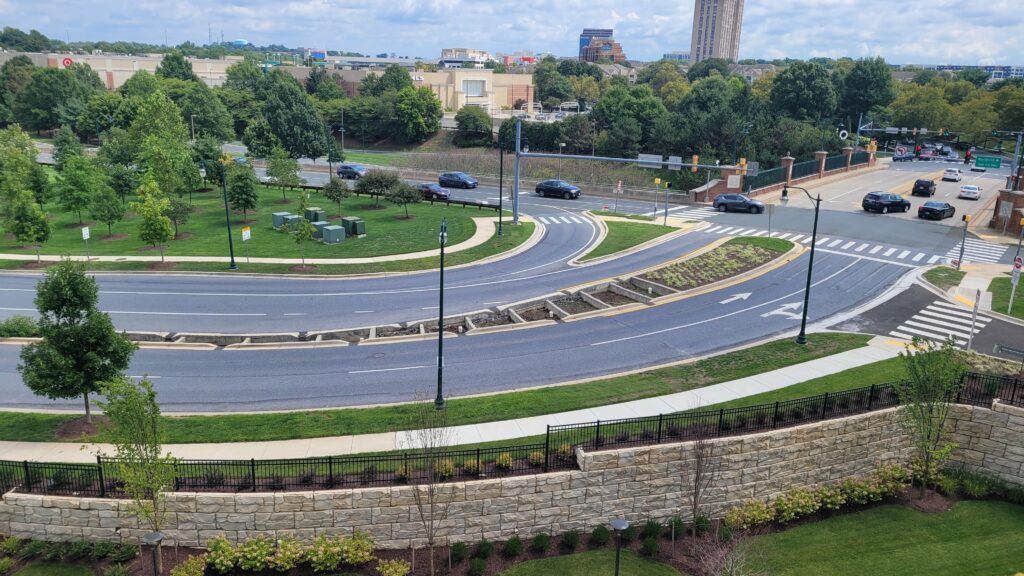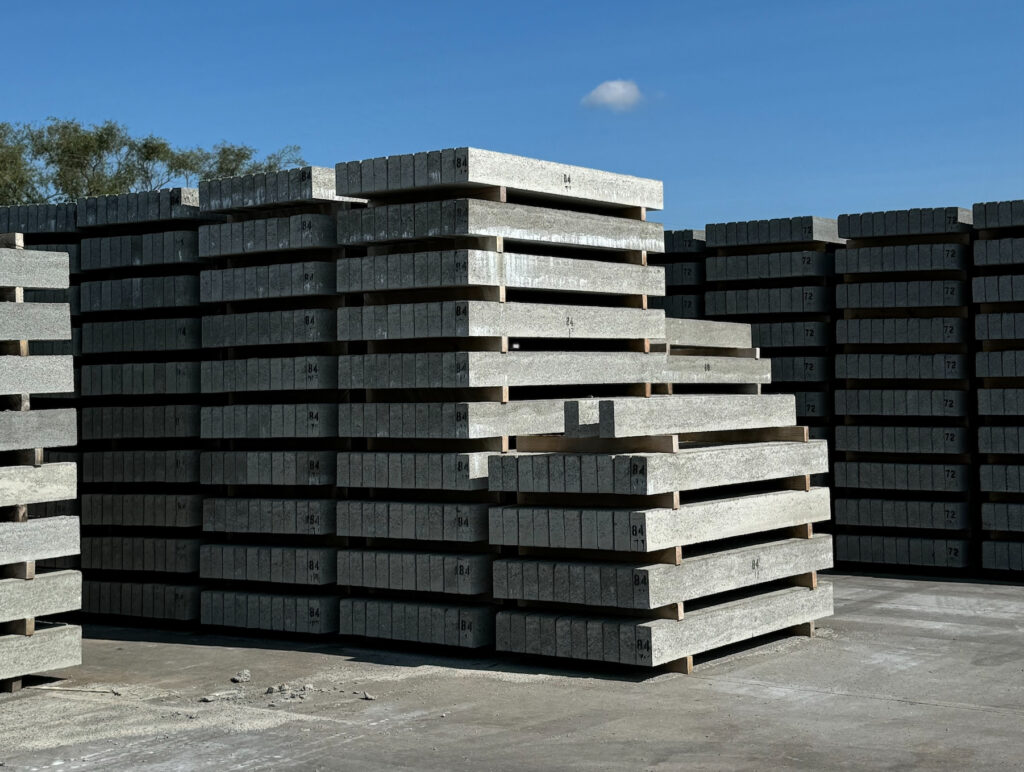Building Envelope Carbon
Buildings Are More Than Structures
With the push to make the built environment more sustainable, there has been what feels like a laser-like focus on the structural elements of a building. It’s quite interesting that this has absorbed so much of the bandwidth, when 3 things are true:
- Other Elements of a Building Have Substantial Environmental Footprints- Only about half of the embodied carbon comes from the structure, with the enclosure, interior, and MEP systems making up the balance. Simply put choices here can be as if not more impactful than some structural choices. (see image below)
- Structural Systems are Need to Have, not Nice to Have– The structure has to stand, or else it isn’t a structure. So once design has begun it’s a lot more difficult (read: expensive) to substitute one structural material for another. So there is a high degree of inflexibility around structural systems. Furthermore, the carbon emissions of most structural material options are actually quite close to each other.
- A Building’s Systems are Inter-related- Finally while all of these elements (structure, interior, etc) are typically designed by different folks, choices made in one area impacts the others.

Figure 1: Embodied Carbon Broken Down by Building System (CMTA Presentation on Decarbonizing K12 Schools)
So while there are a lot of great analyses of the structural choices and impacts on embodied carbon (see Structural Engineers Institute); it has taken me a lot longer to find an analysis of other elements of the building. So I was very excited to come across a couple of resources that outline the impacts of enclosures, flooring, ceilings, etc. I would encourage you to go directly to these resources.
- Kaleidoscope: Embodied Carbon Design Tool – Payette
- Embodied Carbon Impact of Enclosure Materials | Building Enclosure (buildingenclosureonline.com)
Quick Highlights on Facades and Envelopes
To summarize and to inspire you, I just wanted to highlight some insights and neat information as an appetizer. The difference between the worst and best common facade elements (48 kg CO2e/m2) is dwarfed by the difference in insulation (82 kg CO2e/m2). Furthermore there is significant difference within a product class that isn’t well-captured in this table. The best mineral wool solution has 95% fewer GWP emissions than the worst. Even without looking at the extremes, you can easily expect to be +/- 40% from the average mineral wool insulation.

Figure 2: Embodied Carbon Range (kg CO2e/m2) of Common Exterior Wall Constructions (Source)
I am particularly excited about the Kaleidoscope tool. It allows you to beyond the surface to variables like whole lifecycle, biogenic carbon, and impacts beyond CO2. In presentations I frequently stress the need to look at all of these, and they do. So without further ado, a look at building envelopes over their whole lifecycle without biogenic carbon:

Figure 3: GWP of Envelope Assemblies (Kaleidoscope: Embodied Carbon Design Tool)
You can see that there is a wide array of solutions with an even wider range of impacts. Simply put choices around building envelope can have a large impact on both the embodied and operational carbon of a structure.
If the goal is to make construction more sustainable we need to look at the whole of construction. And while I am not nearly as knowledgeable about non-structural elements, I’m encouraged that attention is beginning paid to these building systems. We are only as strong as our weakest link.

VP of Business DevelopmentAaron Fisher
Latest News

How Long Does Type S Mortar Take To Cure?
Like all mortars, Type S mortar requires careful attention during the curing process to reach its full strength. This isn’t […]

Decorative Downspout Splash Block Ideas For A Stylish Exterior
Creating a stylish exterior involves paying attention to the smallest details, and downspout splash blocks can make a surprising difference. […]

A Stormwater Compromise to Nowhere
I went to visit my grandmother at her new apartment and drove past an atrocity of a stormwater/transportation compromise. It […]

Choosing The Right Size: Your Essential Concrete Lintel Size Guide
Choosing the right size for a concrete lintel is a critical decision that can significantly impact the structural integrity of […]
